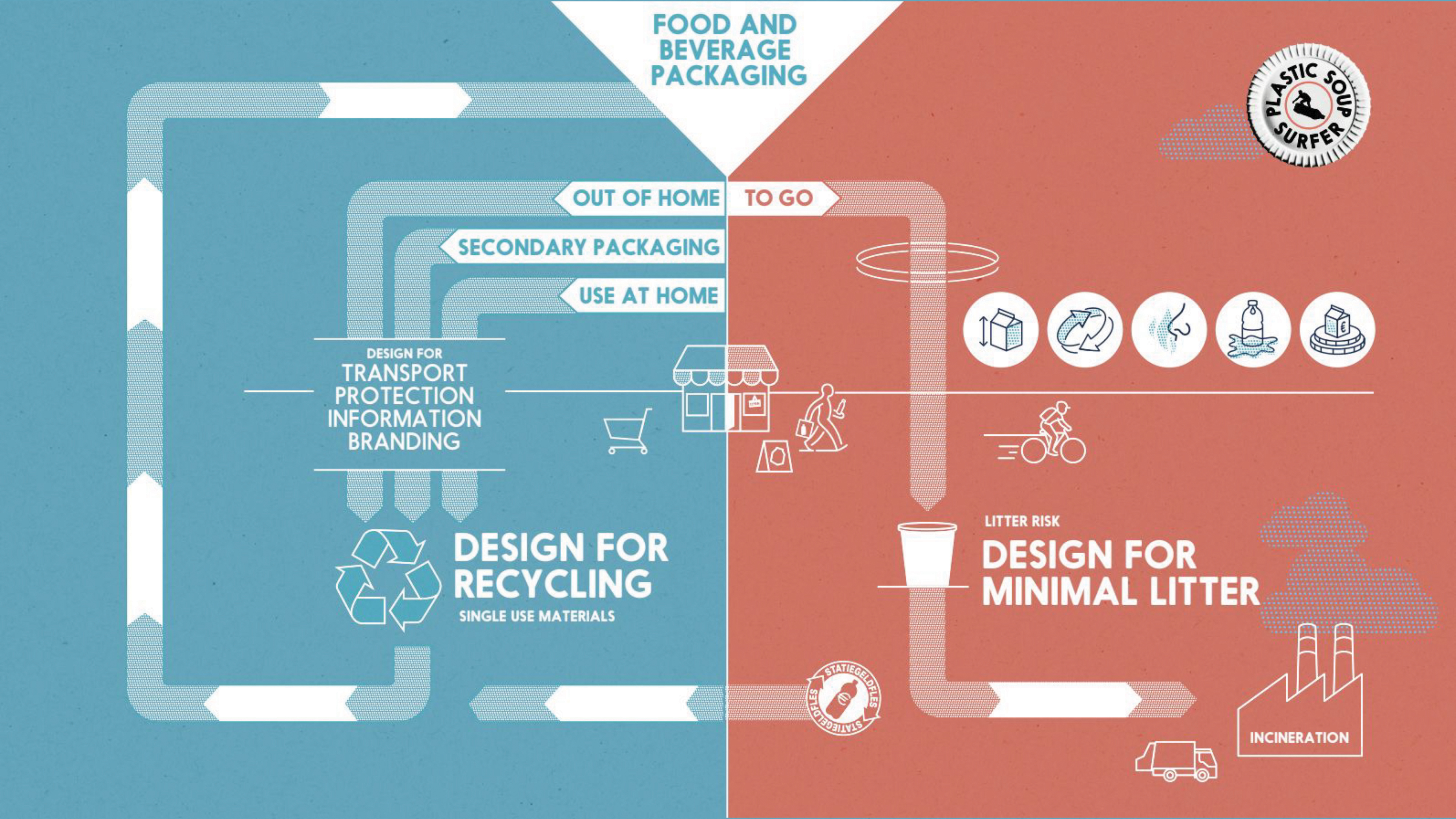In our fast-paced world, everything revolves around convenience. Snacks, drinks, and fast food that are easy to eat or drink on the go have become a routine part of our daily lives. Convenient, for sure, but they also come with a major environmental problem: litter.
Packaging for To Go products is often lightweight, easy to carry, and designed to be thrown away after a single use. As a result of consumption in the public space, these To Go packages end up either in public bins or as litter on the streets or in nature. This increases the chance that they will become litter, with harmful consequences for nature, cities, and even the oceans. Since To Go consumption is a growing trend, the design and regulation of To Go packaging should be guided by Litter Risk and not design for recycling.
The Plastic Soup Surfer organisation addresses Litter Risk as we think this factor is overlooked in both policies aiming to reduce litter and in the industry itself and design agencies that create To Go packaging. We research the packaging related factors that determine the chance that packaging will be littered. We advocate for the both creative and effective political measures to prevent litter and we help the industry to design better To Go packaging that result in less litter.
Why we focus on Litter Risk
- 90% of littered packaging in the Netherlands is designed for or suited for To Go consumption (Source: litter researcher Dirk Groot, Zwerfinator).
- To Go consumption is a growing market
- If this trend continues, the annual societal costs for litter cleanup —currently €300 million per year— will keep rising.
- Research by the Plastic Soup Surfer organization and Zwerfinator found that the type of litter on the streets is roughly the same as what is thrown into public bins. This means that the content of public bins can help identify Litter Risk in packaging and also that there is a relation between To Go products and the amount of trash in public bins.
- Neither collected litter nor public bin waste is sorted for recycling—instead, it is sent straight to incineration due to contamination (e.g., dog waste in public bins). This practice is confirmed by municipalities like Amsterdam and Purmerend.
- Littering is missing from Life Cycle Assessments (LCAs) as an end-of-life scenario. LCAs typically assume 100% recyclability, without considering whether packaging actually gets recycled or ends up as litter.
- Packaging design rarely considers litter risk (confirmed by Roland ten Klooster in our Trash Talk Podcast episode). Current policies focus on recyclability (e.g., tariff differentiation based on material recyclability), but our research shows that To-Go packaging rarely makes it to a recycling facility—it is mostly incinerated. This makes the focus on “design for recycling” misplaced for this category.
- Without action, the amount of unrecycled To-Go waste will keep growing.
What the Plastic Soup Surfer Organization Wants
- Effective policies that consider the key factors contributing to litter risk.
- Litter Risk as a design factor for To-Go packaging, leading to less litter and less harmful materials polluting nature.
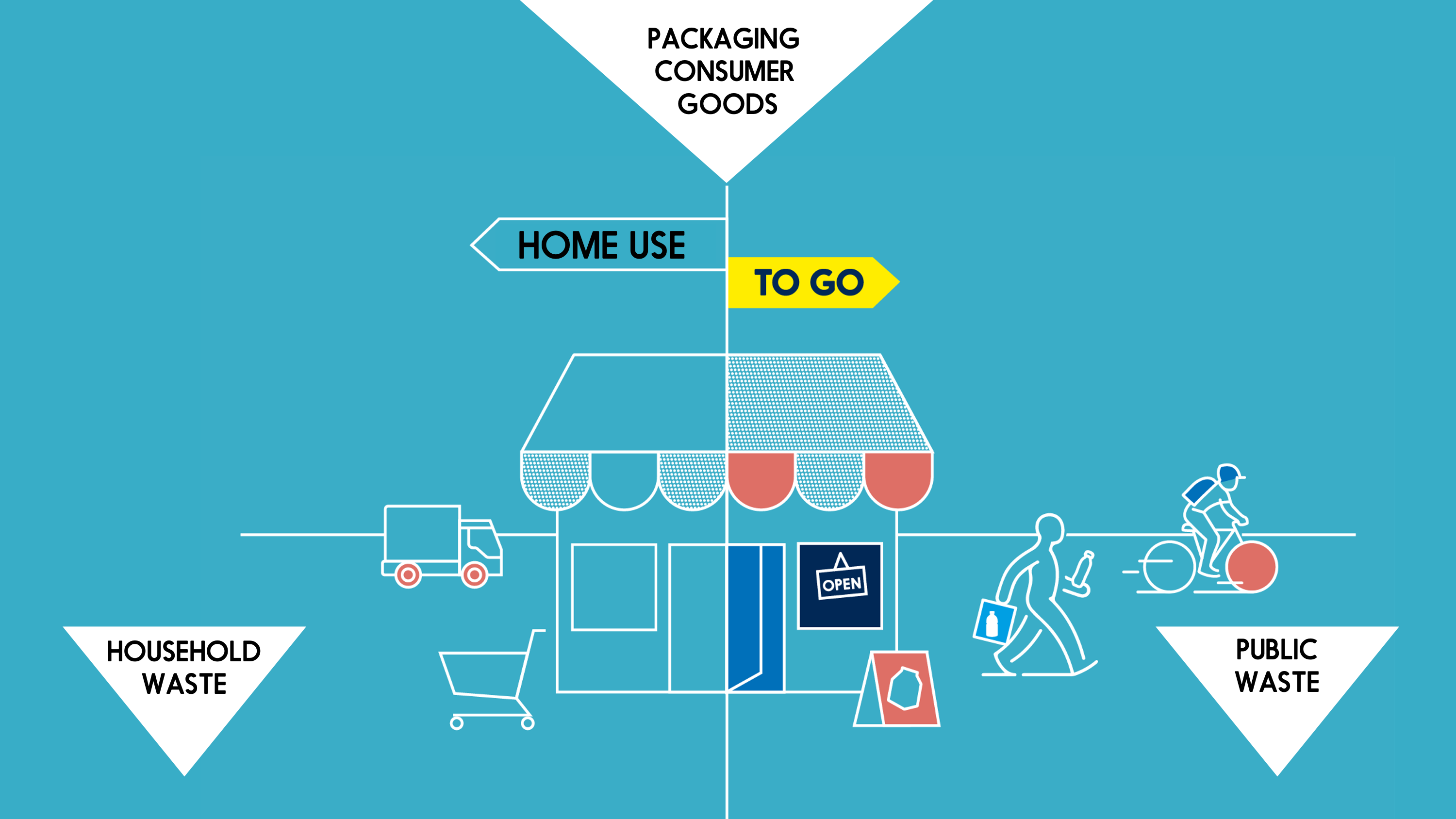
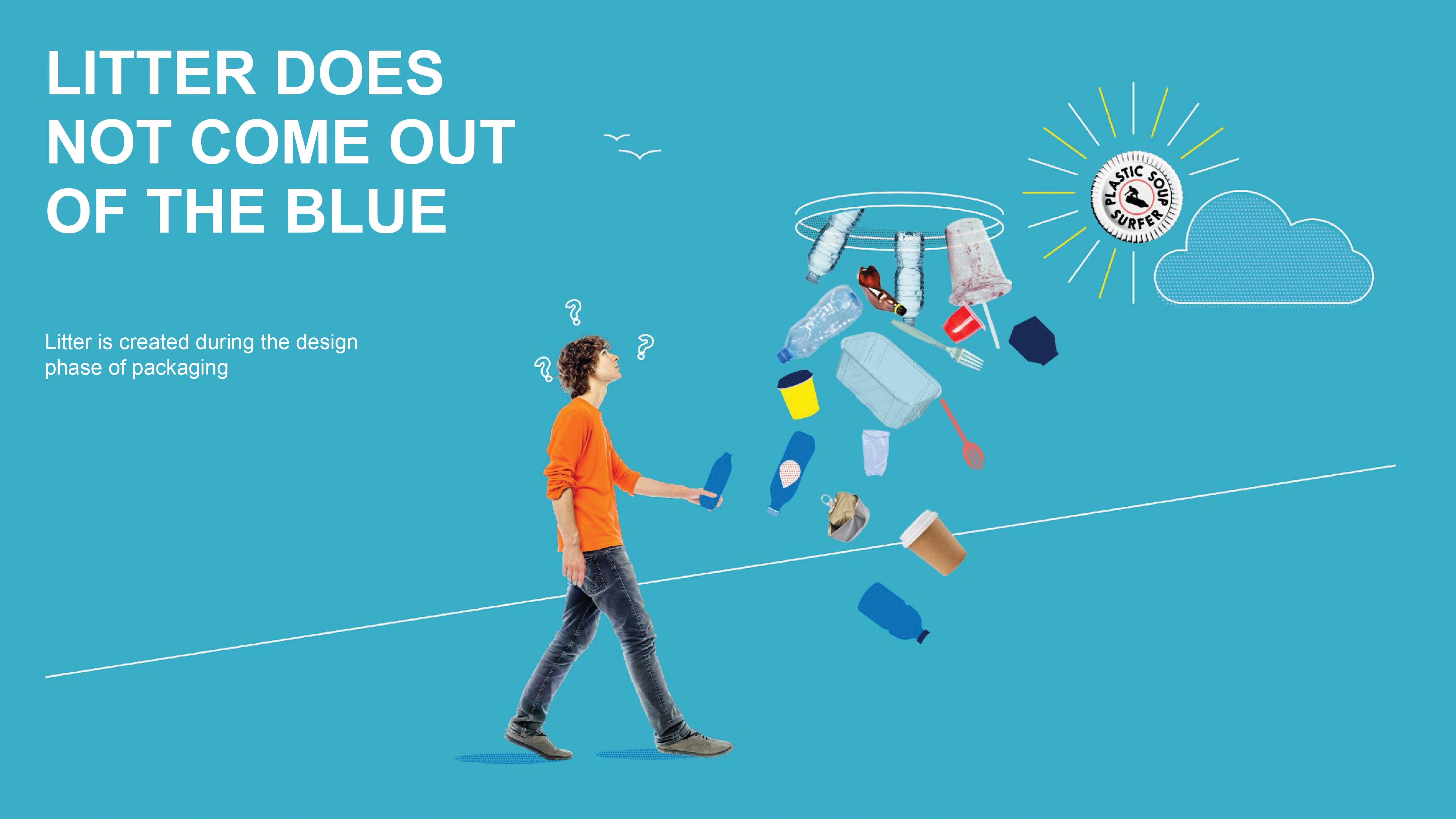
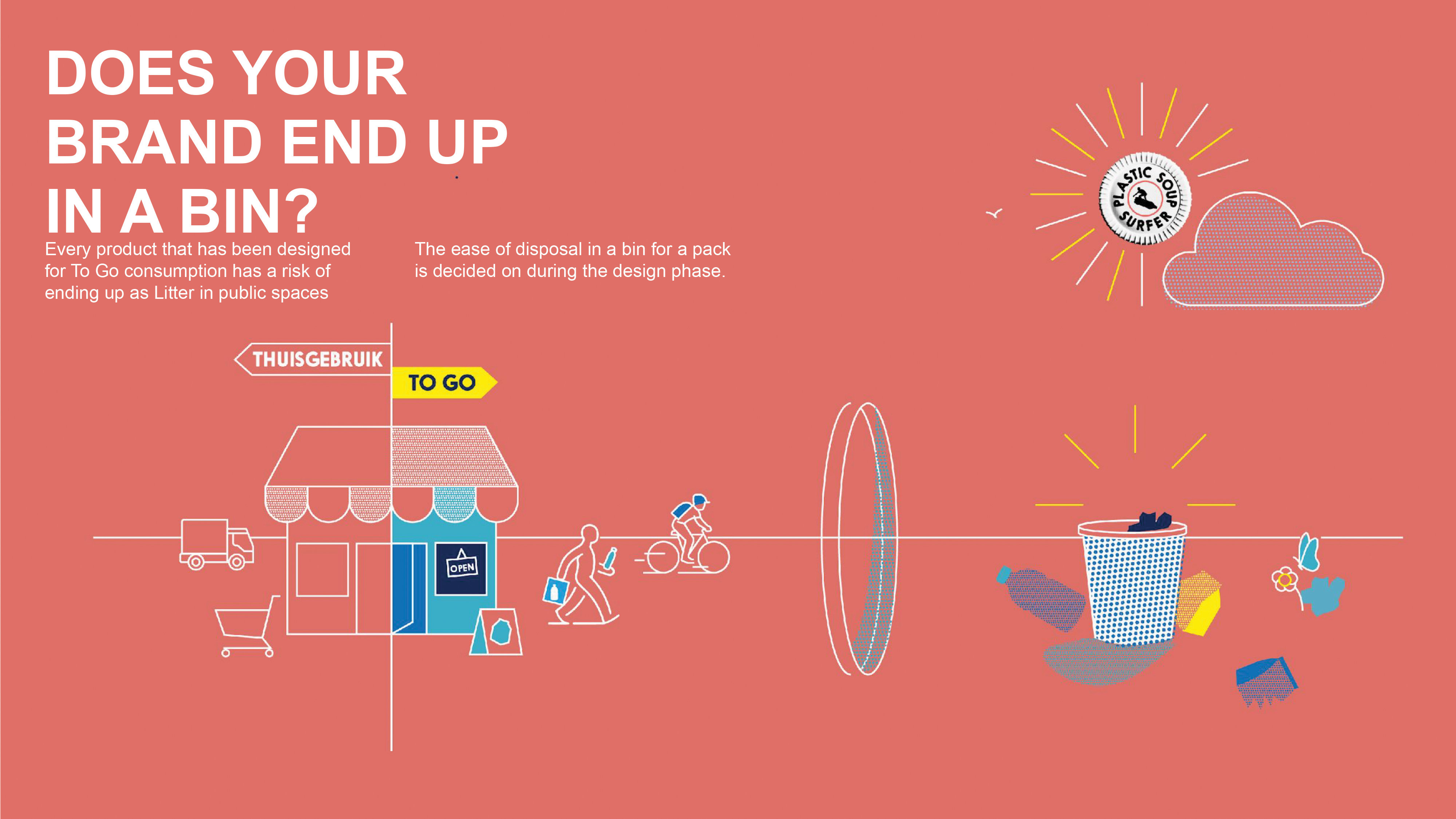
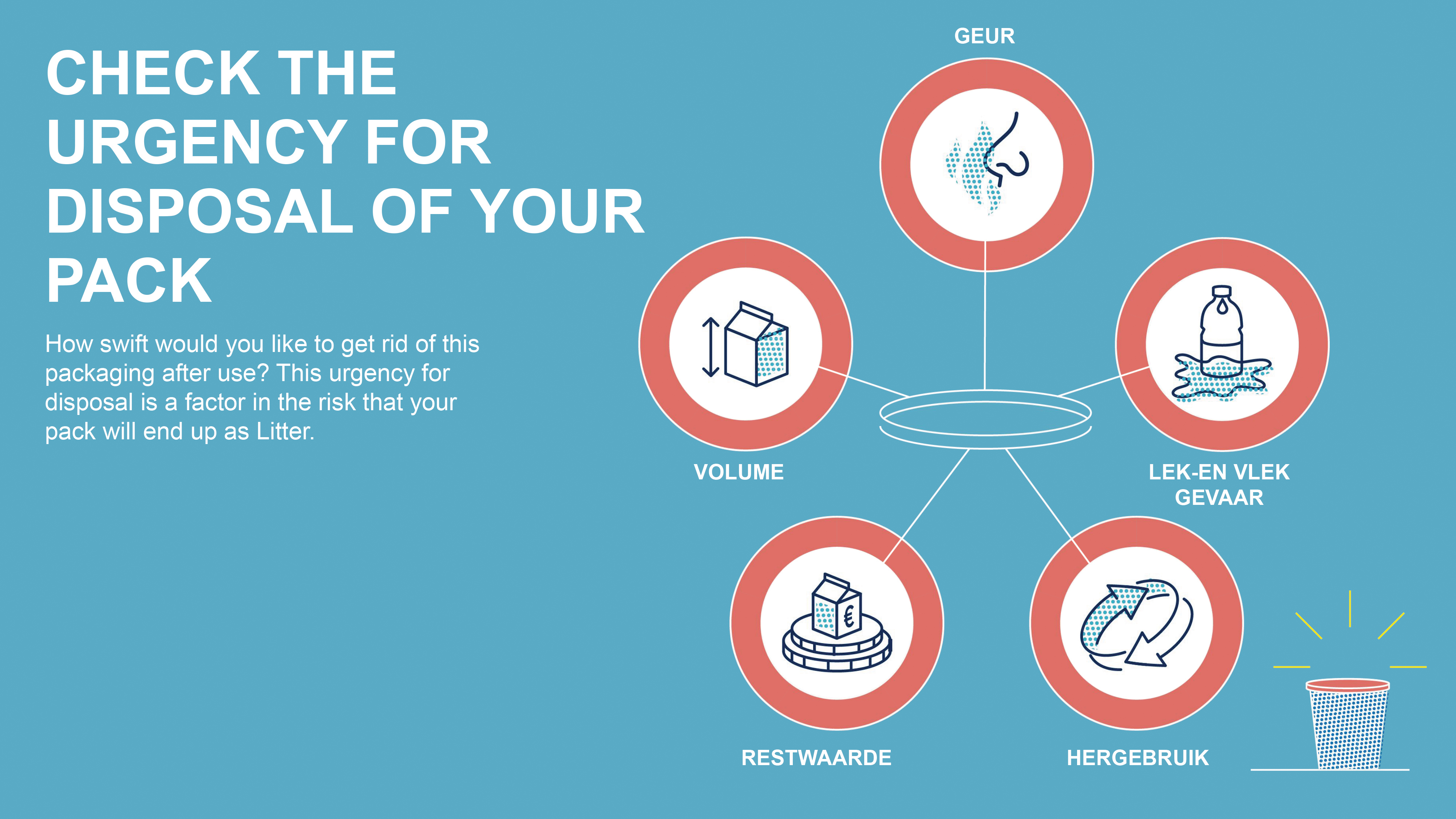
Discussion & Conclusions explorative deskstudy
Since 2006 quite some research has been done on varying aspects of Litter. Our scope is determined on packaging- and product related aspects of Litter.
- Packaging-related aspects (design features that influence littering).
- Product-related aspects (e.g., liquids can leak and have a limited shelf life, requiring high-barrier packaging).
Following our review of both scientific and non-scientific sources on the risk of litter from packaging and product related factors, we have identified several aspects that contribute to litter risk.
Please find the full list of resources used in the menu LITTERATURE.
Packaging related factors that influence littering
Our deskstudy resulted in the following additional packaging and product related aspects that influence litter risk:
Litter risk factors

Conclusion
Many factors are proven to infuence the risk that a packaging is being littered. The interrelation of these factors requires more research, but one thing is clear on how we can end up with less litter:
The Do No Harm (to the environment) principle should be the guiding approach in the design of To-Go packaging, given that these products are intended for consumption in public spaces and will ultimately end up either in public bins or as litter.
Designers should be aware of the potential harm caused by littered packaging and understand the factors that influence whether their design choices increase or reduce litter risk. To help minimize litter, we are developing a Litter Risk decision tree, aka the Litter Risk Index.
The Litter Risk Index
The Litter Risk Index will guide design decisions, and policy development towards less litter.
In the decision tree separate aspects and factors need to be grouped in logical order and the aspects need to receive a ‘weight’ in order to know how a yes/no for a factor results in higher or lower risk of littering. More research is needed to determine the exact relation and correlation between different aspects of packaging that influence littering. We collaborate with Verpact, KIDV and Universiteit Twente for that.
Making Litter Risk measurable
In our literature review we came across the Litter Impact Index, which is a methodology that shows the harmfulness of littered items. We found this methodology very useful for developing a tool that measures actual Litter Risk of packaging. The tool we are developing indicates which packaging has a higher risk of becoming litter. For these types of packaging, designing for recycling is pointless. Instead, it is better to follow the ‘do no harm’ principle. This principle considers the end-of-life scenario, where the only possible outcomes are incineration or littering.
Both indices have the same goal: to develop clear guidelines that support effective policies. They also provide designers with tools to reduce the amount of litter (Litter Risk Index) and decrease the harmful impact of litter (Litter Impact Index).
Proposed approach for developing the Litter Risk Index
- Identifying key influencing factors (through literature studies and practical experience from PSS and Zwerfinator).
- Verifying their relation/ correlation with additional research
- Mapping current litter volumes (through real-time monitoring with AI and research from Zwerfinator).
- Determining weights for different aspects
- Applying the index on littered items.
